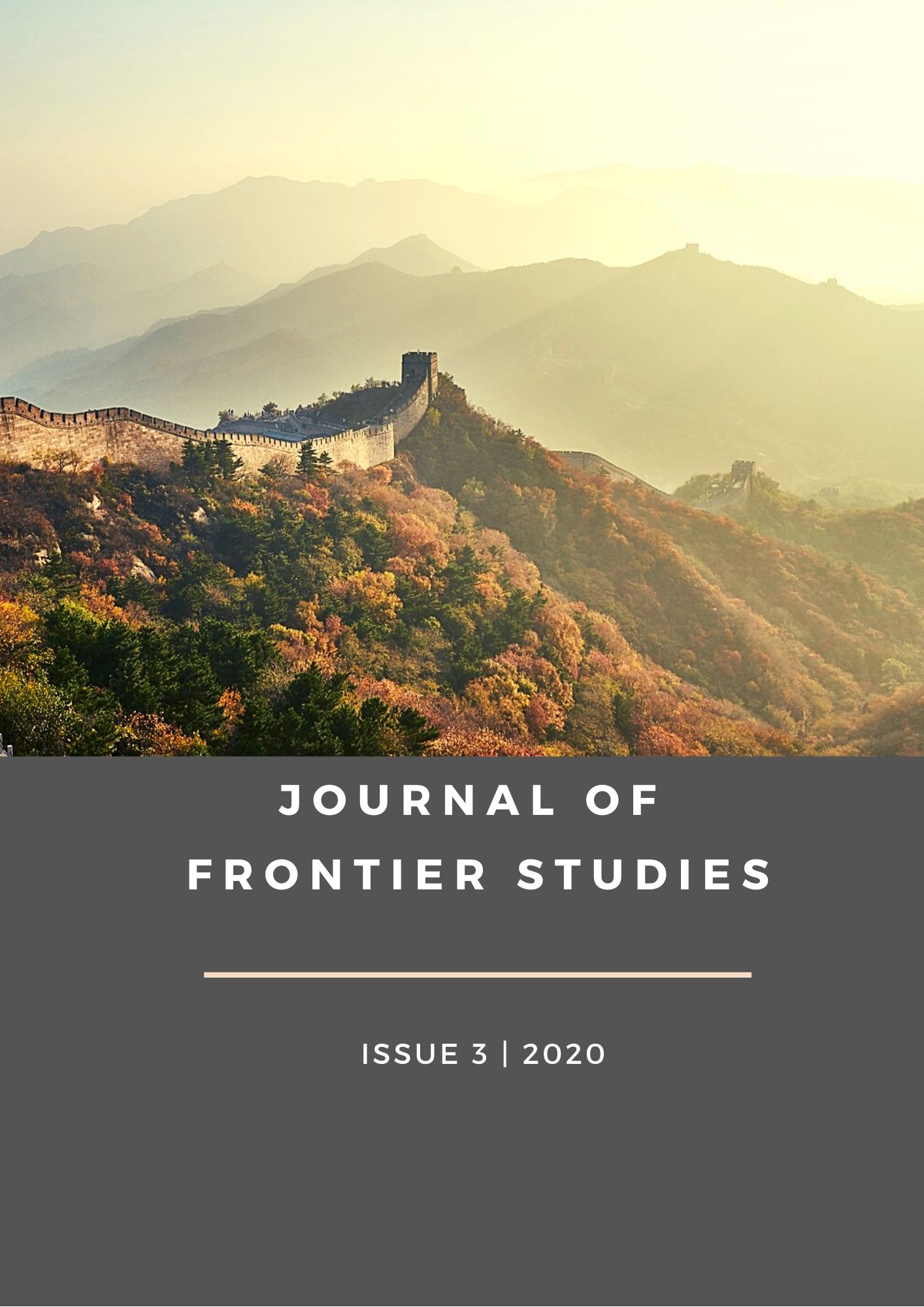Abstract
The study examines the process of re/formation of social, ethnic, and religious identities in the Caucasian Black Sea frontier. It resulted in empirical validation of constructivist paradigm. The author tries to elucidate the creative process of ethnic identity formation, which is, according to the presented empirical data, directly linked to socio-economic surrounding of the group. Admittedly, the Hemshils serve as a vivid example of fluidity and flexibility of social identity. The study tries to show how Hemshils’ ethnicity has been shaped by their historical destinies and how they represent it in their everyday life. Living in the borderlands, subsequent bitter experience of deportation, legal disabilities and social deprivation in the receiving societies have predetermined unstable and situational quality of Hemshils’ ethnic identity. The last few decades have been crucial for survival of Hemshils’ communities. New social conditions set the stage for the re-articulation of their ethnic self-identification. Actually, each member of the group may virtually choose between the habitual Turkish option, ‘domestic’ Hemshil or ‘lost’ one, as they have suddenly realized, and some of them regained their Christian-Armenian identity. The versatile dramatic experience tends to foster fluid type of identities redefining and reiterating them repetitively. The aim of the research is the ethnographic description of the discoursive contexts of those unstable changes. The research addresses social scientists and students as well as anybody who cares of how social identity is molded.
References
Anderson, B. (2001). Imagined Associations. Moscow. (in Russian).
Batsashi, T. N. (1988). The ethno-religious make-up of the population of North-eastern Anatolia in the 19th and 20th centuries. PhD dissertation.
Berger, P., & Luckmann, T. (1995). The Social Construction of Reality. A Treatise in the Sociology of Knowledge. Moscow. (in Russian).
Bhabkha, H. (1990). Nation and Narrative. Psychology Press.
Bhabkha, H. (1994). The Location of Culture. London, New York : Routledge.
Bourdieu, P. (1994). Origins. Moscow: Socio Logos. (in Russian).
Bryer, A. (1985). The theme of Greater Lazia and the Land of Arhakel. In A. Bryer, & D. Winfield, Section XXVI, The Byzantine monuments and topography of the Pontos (pp. 335-343). Washington: Harvard University.
Bryer, A. (1988). Some Notes on the Laz and Tzan. In A. Bryer, Peoples and Settlement in Anatolia and the Caucasus, 800-1900. London: Variorum Reprints.
Gordlevskii, V. A. (1962). Collected Works (Vol. III). Moscow. (in Russian).
Hastings, A. (1997). The Construction of Nationhood. Cambridge University Press.
Hobsbawm, E. (1998). Nation and Nationalism After 1870. St Petersburg. (in Russian).
Hobsbawm, E., & Ranger, T. (Eds.). (1983). The Invention of Traditions. Cambridge University Press.
Kedourie, E. (1960). Nationalism. Hutchinson.
Khanzadian, S. (2002). A Scandalous Refusal. In B. G. Torlakian, Torlakyan, Ethnography of Hamshen Armenians. Collection of articles and materials. Amshenskaia Biblioteka, (2). (in Russian).
Kochergin, A. A. (2020). Realities ‘Migration Policy’ Krasnodar Territory authorities. Retrieved from Center for Pontic and Caucasian Studies: http://history.kubsu.ru/centr
Kurylev, V. P. (1992). Some small ethnic groups of southern Kazakhstan (Greeks, Kurds, Turks, Khemshili). In V. P. Kurylev, Materials of field ethnographic studies 1988-1989. St. Petersburgю (in Russian).
Kuznetsov, I. (1995). Costumes of the Pontic Armenians. The Semiotics of Material Culture. Moscow: Vostochnaya literatura. (in Russian).
Kuznetsov, I. (2000). Turkish Hemshils or islamized Armenians? Diasporas(1-2).
Megavorian, A. P. (1904). Towards the issue of ethnographic conditions for development of the peoples of the Chorokhsk basin. IKOIRGO (Tiflis), 17(5), (in Russian).
Melikset-Bekov, L. M. (1950). Pontica Transcaucasica Ethnica’(based on the data of Minaia Medici from 1815 to 1819). Soviet Ethnography(2), (in Russian).
Mgeladze, N. V., & Tunadze, T. K. (2003). From the history of the Hemshins of Eastern Turkey and South-West Georgia, Archaeology, Ethnology and Folklore of the Caucasus. Materials from an international Conference. Erevan: Echmiadzin.
Nekrich, A. M. (1978). The Punished Peoples. The deportation and fate of Soviet minorities at the end of the Second World War. New York: W.W. Norton & Company Inc.
Nisbet, R. A. (1969). Social Change and History. New York: Oxford University Press.
Starchenkov, G. I. (1990). The population of the Turkish Republic. A Demographic and economic study. Moscow: Nauka. (in Russian).
The newspaper (2001, March). The newspaper of Armenians in the South of Russia Erkramas(6), p. 8.
The Newspapper. (2002, July 11-14). Novaya Gazeta(49). (in Russian)
Vaux, B. (2001). Hemshinli: The Forgotten Black Sea Armenians. Retrieved from https://web.archive.org/web/20070315154048/http://www.uwm.edu/~vaux/hamshen.pdf
Vaux, B. (2007). Homshetsma: The Language of the Armenians of Hamshen. In H. Simonian (Ed.), The Hemshin. History, society and identity in the Highlands of Northeast Turkey (pp. 257-278). New York: Routledge.
Voronkov, V. I., & Osvald, I. (Eds.). (1998). Construction of ethnicity. Saint Petersburg. (in Russian).

This work is licensed under a Creative Commons Attribution 4.0 International License.

